MODEL COURSE
- Mizusawa Esashi Station
- Historical Park Esashi Fujiwara no Sato
- Chusonji Temple [World Heritage Site]
- Hiraizumi Cultural Heritage Center
- Motsuji Temple [World Heritage Site]
- Ichinoseki city (accommodation)
- Genbikei
- Geibikei Gorge
- Ofunato city (accommodation)
- Tsubakikan and Go stones around the world
- goishi coast
- Kesen Carpenter and Plastering Tradition Museum
- Takada Matsubara and the miraculous single pine tree
- Rikuzentakata Station
Mizusawa Esashi Station
20 min
Historical Park Esashi Fujiwara no Sato

A vast historical theme park of approximately 20 hectares where you can follow the path of the Oshu Fujiwara clan and experience the history and culture of Michinoku.
Based on rigorous historical research, we have fully recreated the castle fences of ancient Tohoku, Toyota-kan, the residence of Fujiwara Kiyohira, the government offices of the Oshu Fujiwara clan, the Kara Imperial Palace, the residence of Hidehira, and the Golden Hall, the symbol of golden culture. .
It is also known as a filming location for numerous TV programs and movies, including taiga dramas.
We also hold regular performances of the local performing art "Esashi Deer Dance" (every Sunday from late April to mid-November). (Two performances a day 11:00, 14:00) Groups performing regularly in 2020
42 minutes
Chusonji Temple [World Heritage Site]
![Chusonji Temple [World Heritage Site]](https://iwatetabi.jp/wp/wp-content/uploads/2024/05/9fe7e8c83e04143823f21c1e05da5035-327x240.jpg)
Tendai sect, Tohoku Daihonzan. The name of the mountain is Kanzan, and Jikaku Daishi is the founder of the mountain.
At the beginning of the 12th century, the first Lord Kiyohira of the Oshu Fujiwara clan built many temples and pagodas, including the Tahoto and Nikai Daido.
Its purpose was to comfort the spirits of those who died in the long wars of the First Nine Years War and the Second Third Year War, and to build a Buddhist nation.
Unfortunately, the hall and pagoda were destroyed by fire in the 14th century, but it is still a treasure trove of Heian art, containing over 3,000 national treasures and important cultural properties, including the Kaneiroki Hall.
4 minutes
Hiraizumi Cultural Heritage Center
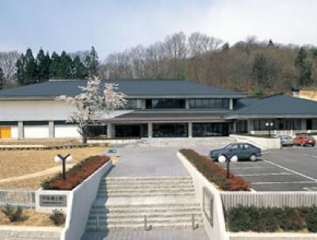
On April 14, 2009, Hiraizumi Town integrated the Hiraizumi Local Museum and the Town Cultural Heritage Center to open the Hiraizumi Cultural Heritage Center. As a guidance facility that provides an easy-to-understand introduction to Hiraizumi's cultural heritage, and as a visitor center for sightseeing in the town, it introduces a wide range of Hiraizumi's history and culture.
Detailed Destination Information4 minutes
Motsuji Temple [World Heritage Site]
![Motsuji Temple [World Heritage Site]](https://iwatetabi.jp/wp/wp-content/uploads/2024/03/2575-331x240.jpg)
Motsuji Temple, the special head temple of the Tendai sect, is called Iozan and was opened in 850 by Jikaku Daishi.
In the late Heian period, the Oshu Fujiwara clan's second and third generation, Motohira and Hidehira, built magnificent temples such as Kondo Enryuji and Kashoji, which numbered 40 halls and pagodas and 500 monks' quarters, making them the largest temple in Japan. It was called the second sacred place.
Unfortunately, the temple at that time was burnt down due to repeated disasters, but today the " Jodo Garden " centered around Oizumigaike Pond and the remains of the temple from the Heian period have been preserved in almost perfect condition, and the country has designated it as a special historic site. It has been designated as a scenic spot.
24 minutes
Ichinoseki city (accommodation)
15 minutes
Genbikei
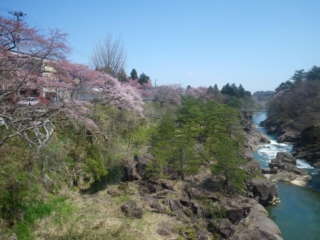
A place of scenic beauty and a natural monument. The Iwai River, which flows from Mt. Kurikoma, erodes the huge rocks, creating a 2km-long beautiful valley that changes its appearance from a hole to a waterfall to an abyss. As you stroll along the promenade, you can see the contrasting views of the turbulent flow upstream from the suspension bridge and the calming depths downstream. In the spring, you can see cherry blossoms in full bloom and the beauty of the valley flowing with melting snow, in the summer you can hear the cool sound of a mountain stream, in the fall you can see the changing colors of the mountains, and in the winter you can see a landscape reminiscent of an ink painting. You can enjoy the atmosphere of each.
There is a shop on the other side of the mountain stream that sells Kakko Dango, a specialty of Genbikei.When you place your order and payment into a basket hanging from a rope stretched over the river and hit a mallet, the basket is pulled up and replaced. It comes with the dumplings and tea I ordered.
[Best time to see cherry blossoms] Late April to early May
[Best time to see autumn leaves] Mid-October to early November
44 minutes
Geibikei Gorge
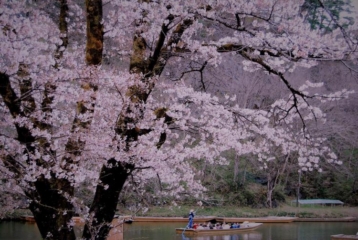
One of Japan's top 100 views.
It is an approximately 2 km long gorge created by the Satetsu River eroding limestone, with approximately 100 m cliffs rising on both banks.
The current is calm, and you can hear the boatman's song ``Geibi Oiwake'' as you go down the boat.
78 minutes
Ofunato city (accommodation)
26 minutes
Tsubakikan and Go stones around the world
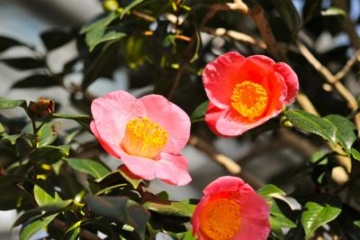
Ofunato is known as the "village of camellias" due to its warm climate, and the native camellias are blooming with red flowers everywhere.
The camellia has been designated as the flower of Ofunato City and has become a symbol of the city.
The World Camellia Museum/Goishi exhibits 700 camellias of approximately 600 varieties from 13 countries around the world.
In addition to displaying seasonal flowers produced in the area, camellia seedlings, camellia goods, camellia oil, and potted plants are also on sale.
19 minutes
goishi coast
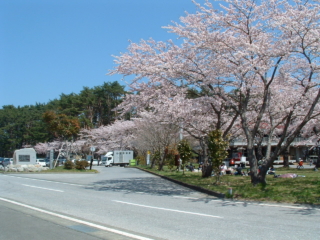
The Goishi Coast stretches for approximately 6km at the tip of the Suesaki Peninsula, which juts out to the south of Ofunato Bay, and has been designated as a national scenic spot and natural monument. In addition, Goishi Beach has been designated as one of the top 100 beaches in Japan with white sand and green pine trees. Furthermore, the sound emitted from the Thunder Rocks within it has been designated as one of Japan's ``100 Best Soundscapes of Japan to Preserve.'' The climate is warm, and the pine forest is full of blooming hyacinths, Japanese lilies, and daisies. There are also facilities in the surrounding area, such as the City Museum, the World Camellia Museum, Go Stone, and a campground.
Detailed Destination Information19 minutes
Kesen Carpenter and Plastering Tradition Museum
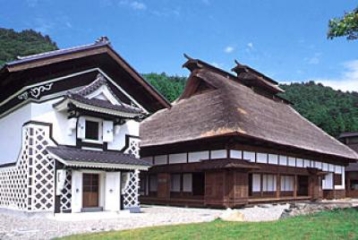
The Kesen Carpenter and Plasterer Tradition Museum was built in the citizen's forest to pass on and preserve the craftsmanship of Kesen carpenters and plasterers. Kesen cedar is used abundantly here as well, and there are three buildings with a variety of styles, such as thatched mushrooms and warehouse structures. The tea you drink in the hearth of the main building also has a special taste.
Detailed Destination Information4 minutes
Takada Matsubara and the miraculous single pine tree
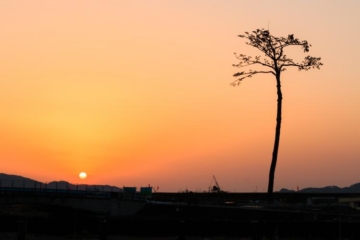
It is a bow-shaped sandy beach that stretches from the mouth of the Kesen River to Hirota Bay, and was once one of the most representative beaches on the Rikuchu coast, but it was severely damaged by the Great East Japan Earthquake. A forest of tens of thousands of red pine and black pine trees over 300 years old had been planted over a 2km stretch, but they were washed away without a trace. The single pine tree that miraculously survived has become a symbol of reconstruction, and has been preserved as a monument for future generations.
Detailed Destination Information14 minutes
Rikuzentakata Station

![[Iwate Fully Enjoyable Model Course] World Heritage Site Hiraizumi and History and Culture Trip](https://iwatetabi.jp/wp/wp-content/uploads/2024/03/652.jpg)